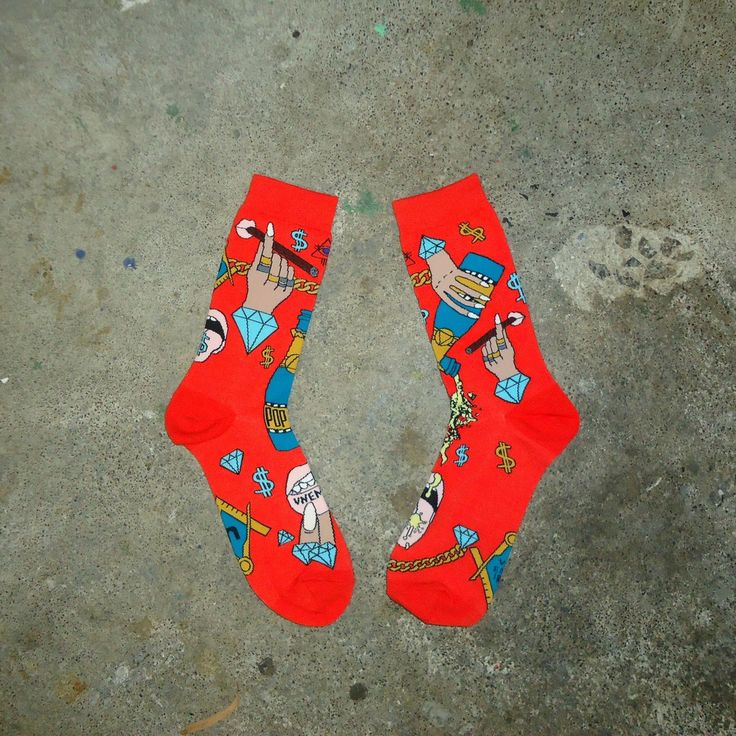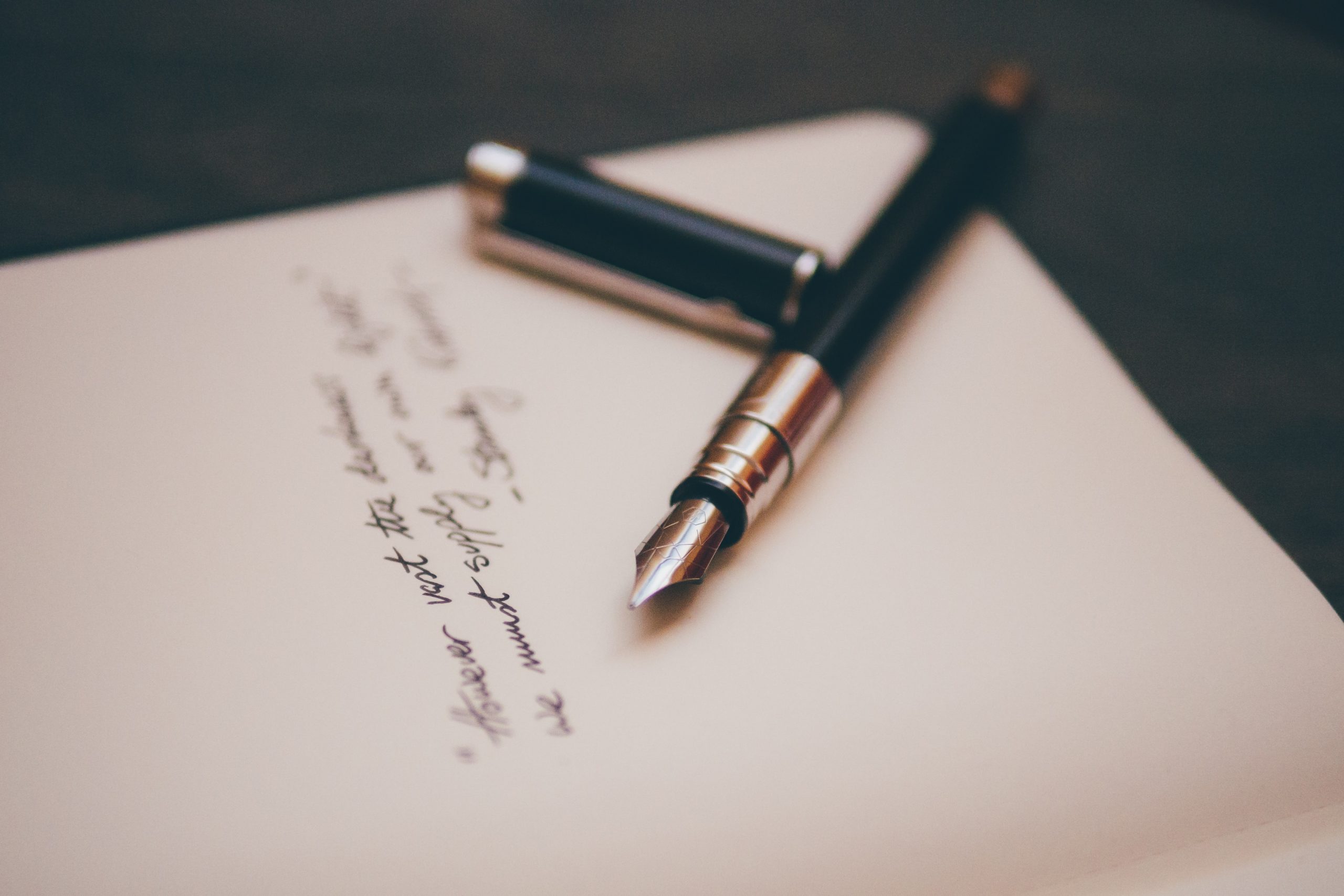Zoë Lea: Protecting original designs from copycats


Zoë Lea is a fashion designer based in Melbourne. She operates the fashion label Unempire as a sole trader, selling her own designs online using the service Big Cartel. Zoë has noticed on a number of occasions that her designs have been copied by Chinese wholesalers and made available for purchase online. She has been unable to determine the parties responsible, since the websites in question are in Chinese, but believes it possible that the designs could have been copied from the high-resolution product images available on her website.
Zoë sought general advice from Arts Law about the legal options she may be able to use in the future to protect her designs. She wants to discourage copying and make it clear that she is the author of her own designs.
Zoë told Arts Law that she sells mass produced socks with her designs on them that are part of the sock fabric. Arts Law explained that as long as the sock designs are 2D and not 3D, for example not embroidered, embossed or with studs, then she will not lose copyright if she mass produces them for sale (51 or more). She could consider sending a copyright letter of demand but this should be reviewed by a lawyer who can look specifically at the socks and ensure she is not at risk of making groundless threats.
Arts Law suggested that Zoë could register a trademark, which she confirmed she has already done. Trademark registration is useful because it helps with the branding of goods. Once registered, no one can sell under the same brand.
Arts Law also advised Zoë to get design registration as well as relying on copyright protection. Design registration must be done before mass production because the design must be new or distinctive to get registration. This means it would be ok to disclose her design in a meeting to a manufacturer but may not be ok to display in a trade show or fashion design show. Registration can be hard to get if there is something similar that has already been registered.
If this is too costly, the Designs Office (IP Australia) has another system where the design can be published instead of fully registered. This may be a cheaper option that still allows the design to be registered at a later date once it has become commercially successful. Another strategy is to put notices on her website that her designs are protected under copyright, design and trademark, and that she is the true and original author of those designs.
If Zoë can go after the wholesalers or others who are copying her work, she should. Zoë told Arts Law that because the copying of her designs is occurring internationally, she has been unable to get hold of anyone to speak to. She has found that the most effective option is to send a polite but strong email asking them to stop.
Unfortunately, Zoë’s experience is an increasingly common one faced by artists in a digital era. Becoming more aware of your rights as an artist and what legal avenues are available to protect your designs can help to deter copycats.




